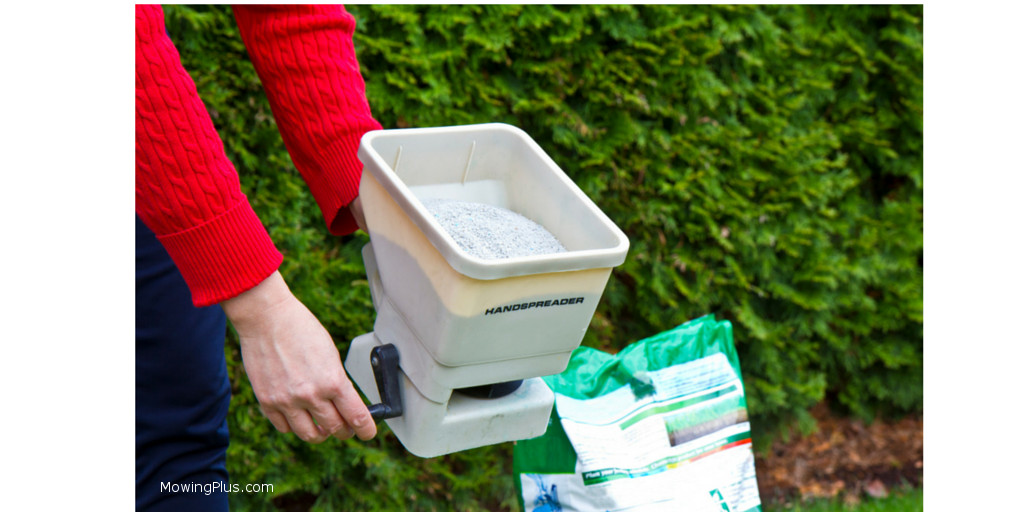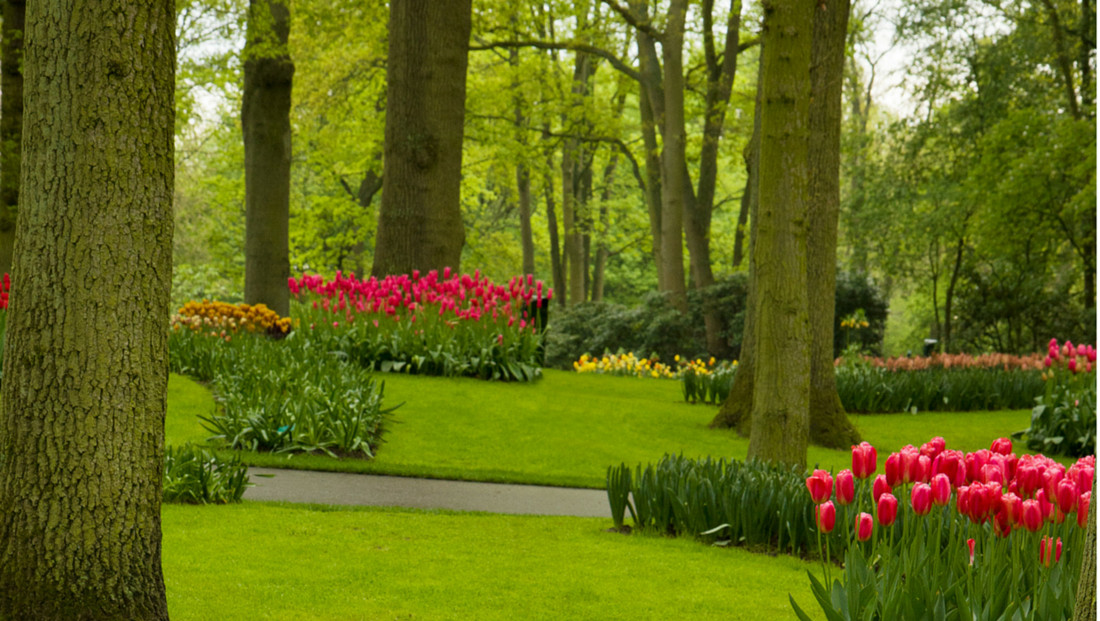Sod, should I replace it or not?
Last week we spoke about lawn fertilization and pest control. This week we are tackling the subject of your sod, grass or turf. When your lawn starts to look sparse, the first thing homeowners often think of is replacing their sod. Your lawn can become patchy, distressed or thinned out due to many conditions such as lack of water, low soil nutrients, lawn pests, lawn disease, etc. When this happens you have one of two choices. One, replace your lawn with brand new sod or turf grass, or option number two, try to resolve the issues causing your existing grass to suffer in the first place.
One of the biggest mistakes people make when replacing their sod is that they do not fix the issues that caused the grass to die in the first place. When this happens the homeowner many times will end up with the same lawn issues.
So it is important to understand where your current lawn is deficient even if you decide to replace your lawn with new sod.
Depending on the situation, your lawn care professional may recommend some changes that could have your lawn back in shape within two to three months during the growing season, without the exspense of buying new sod.
So what do you need to consider when replacing your sod?
One of the first considerations in choosing new sod is to understand what type of grass you have. There are several types of grasses that are popular in the Tampa area.
Here is a list of common sod grass types:
- St Augustine and Bahia are the two most popular varieties you will find on most lawns in Flordia
- St. Augustine comes in several varieties that have different shade tolerances (Seville, Delmar, Floraverde, and Captiva, have shade tolerance, Floratam requires more direct sunlight)
- Bermuda – typically found on sports fields
- Zoysia – Empire, Myer and El Toro has moderate shade tolerance but tends to be higher in maintenance
- Bahia Grass – Requires the least amount of upkeep. However, it is not considered a dense grass, like those listed above
- Centipede grass – Is typically found in the northern parts of Florida
When selecting sod, it is usually best to stick with the grass you currently have installed or something in the same family. If you grass has trouble growing in the shade, ask your sod provider for a shade tolerant variety for that area of the lawn.
Also note that it isn’t necessary to replace your entire lawn. Outline the bad areas with paint or string and use a temporary grass killer product to kill all the grass in the marked off area (always consult a professional for the right product to use). If you can till, turn or perforate the soil that is also very helpful in allowing the new sod roots to find their way into your existing soil. In terms of watering and feeding, always consult the people who sold you the sod. They will know how their products will thrive best.
Final thoughts on sod replacement:
One other option to consider is xeriscaping or using other elements like plants in the areas where grass does not grow well. Make sure this fits within your deed restrictions if your community has them.
In terms of watering and feeding, always consult the people who sold you the sod. They will know how their products will thrive best.
This just touches the surface for sod replacement, but should help you decide if you should replace your sod or not.
Have a happy lawn,
MowingPlus.com



